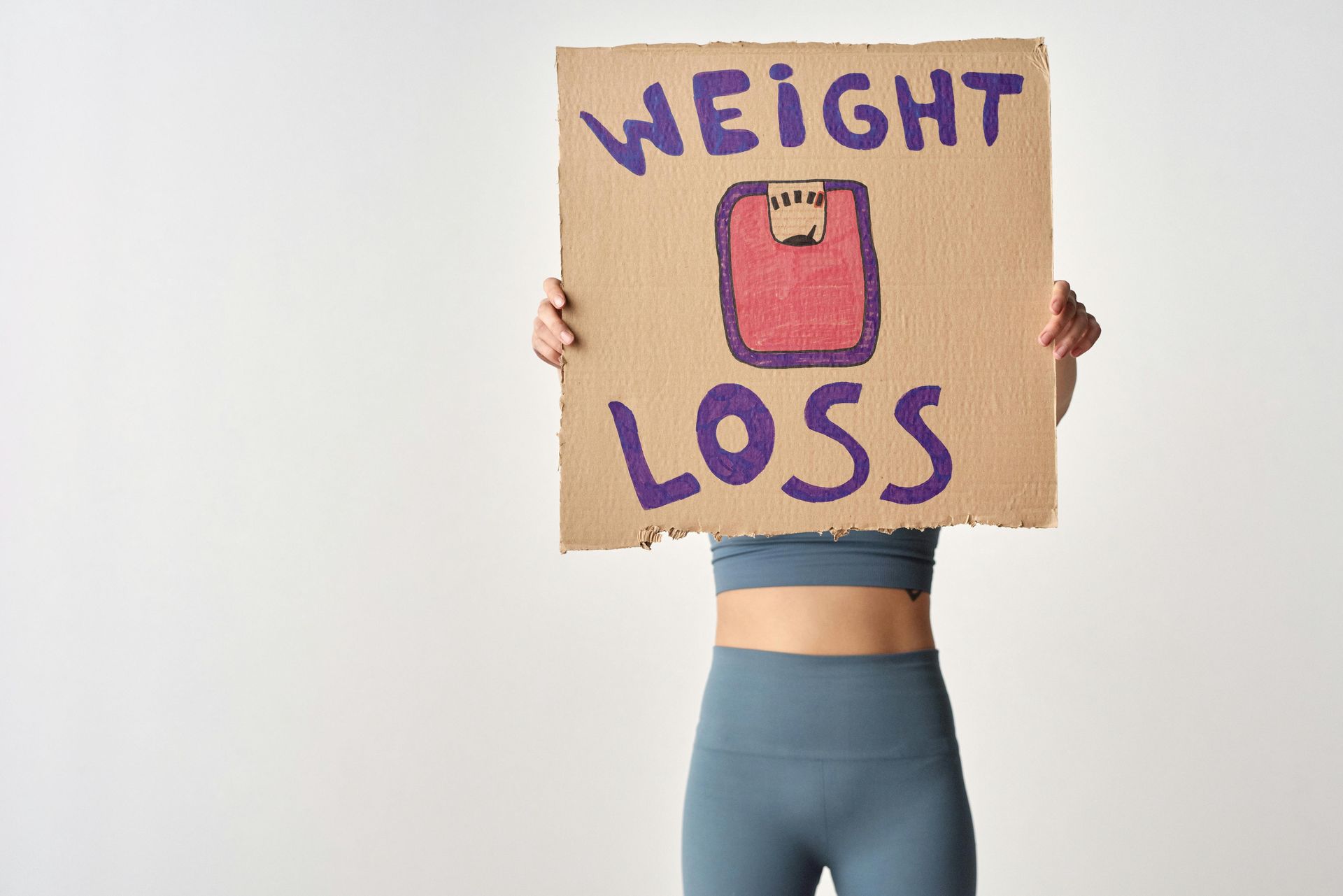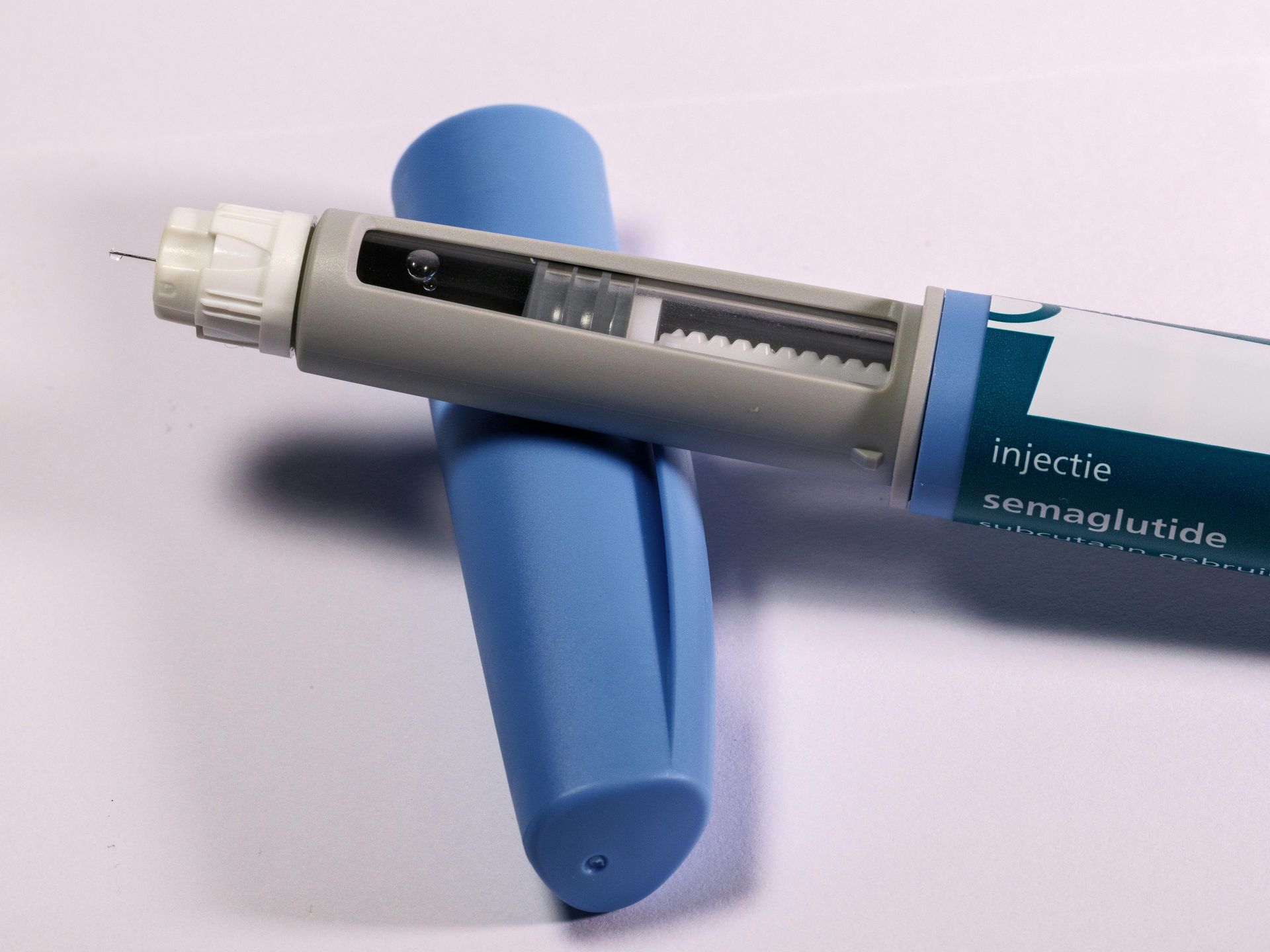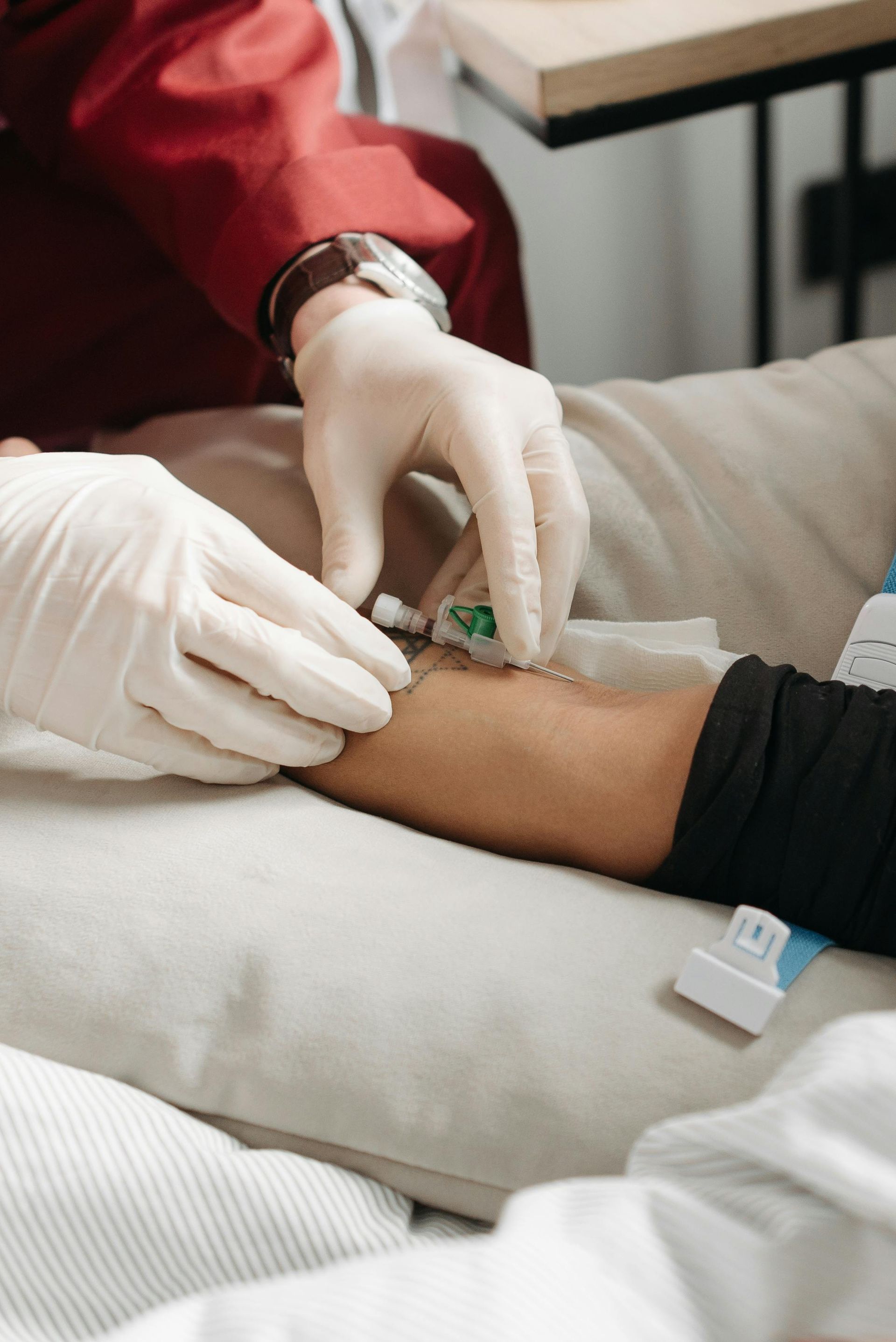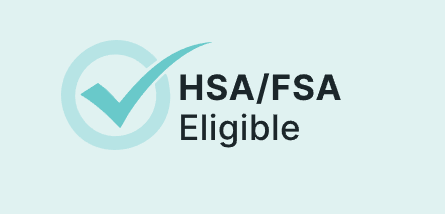Can IV Therapy Help Seasonal Affective Disorder?
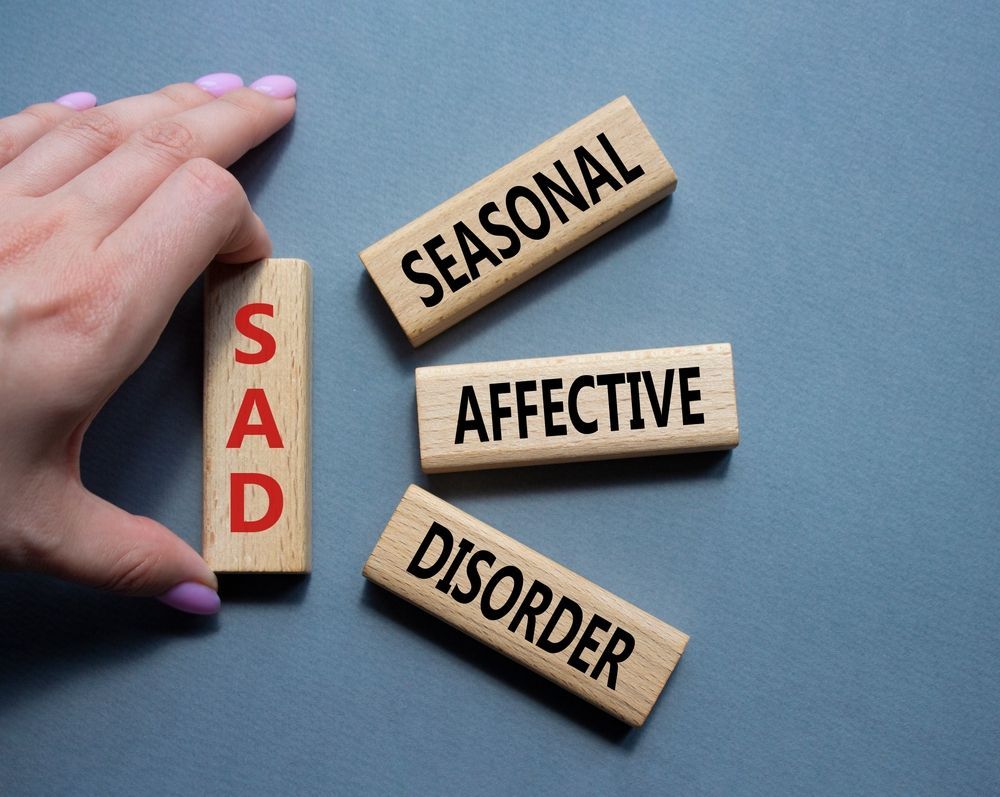
Seasonal Affective Disorder (SAD) is a type of depression that occurs at specific times of the year, most commonly in the winter months when daylight hours are shorter. With the growing interest in alternative treatments, many individuals wonder if IV therapy could provide relief. This article will explore SAD, the science of IV therapy, and how they may be connected.
Understanding Seasonal Affective Disorder
Seasonal Affective Disorder is more than just the "winter blues." It is a clinical depression that generally follows a seasonal pattern. People with SAD may experience significant mood changes as the seasons shift, especially the fall and winter months.
Symptoms and Diagnosis of Seasonal Affective Disorder
The symptoms of SAD can vary significantly from person to person, but common signs include:
- Persistent feelings of sadness or hopelessness
- Loss of interest in previously enjoyed activities
- Changes in sleep patterns, such as oversleeping or insomnia
- Changes in appetite, possibly leading to weight gain or loss
- Difficulty concentrating and lack of energy
For a proper diagnosis, health professionals usually assess symptoms during repeated episodes over multiple years. It's essential to consult with a healthcare provider to determine the best course of action for a diagnosis and treatment.
The Impact of Seasonal Affective Disorder on Daily Life
SAD can severely disrupt daily life, affecting various aspects such as personal relationships, work performance, and overall well-being. Individuals may find it challenging to keep up with responsibilities, leading to feelings of shame or inadequacy. Family members and friends might also witness changes, causing further stress in social and familial dynamics.
In extreme cases, untreated SAD can lead to significant long-term depression, which can be overwhelming. Addressing these symptoms is crucial for maintaining a balanced emotional state and quality of life.
The Science Behind IV Therapy
Intravenous (IV) therapy involves administering fluids, vitamins, and minerals directly into the bloodstream. This method is often used for hydration or delivering medications and can bypass the digestive tract, ensuring a higher absorption rate of nutrients.
The Process of IV Therapy
The IV therapy process typically begins with a consultation to assess individual health needs. A healthcare provider will then create a customized solution that may include hydration, vitamins, and other nutrients.
During the therapy session, a technician places a small catheter into a vein, usually in the arm. The infusion takes varying amounts of time, depending on the ingredients and the patient’s specific needs. Patients can often relax during this time, as the procedure is usually painless and quick.
Potential Benefits and Risks of IV Therapy
Many proponents of IV therapy claim it offers rapid rehydration and a quick boost of energy due to the direct delivery of nutrients. Some reported benefits include:
- Increased energy levels
- Improved mood
- Enhanced immune support
- Better mental clarity
However, there are risks associated with IV therapy, such as infection at the insertion site, allergic reactions, and vein damage. It’s crucial to have this treatment administered by qualified healthcare professionals to minimize risks.
Exploring the Connection Between IV Therapy and Seasonal Affective Disorder
Given the potential effects of IV therapy, researchers are exploring its connection to Seasonal Affective Disorder. Many believe that an infusion of specific vitamins and minerals could alleviate some symptoms associated with this condition.
How IV Therapy Could Address Symptoms of Seasonal Affective Disorder
Some studies suggest that certain nutrients, like Vitamin D and B vitamins, play a vital role in mood regulation. IV therapy can provide these nutrients in efficient doses that may lead to faster symptom relief compared to oral supplements.
Additionally, the hydration aspect of IV therapy can enhance overall physical health, which is critical for individuals battling SAD. When the body is well-nourished and hydrated, it might be better equipped to handle the stressors associated with seasonal changes.
The Role of Vitamins and Minerals in IV Therapy for Seasonal Affective Disorder
Vitamins such as D3, B6, and B12, as well as minerals like magnesium, are often included in IV therapy mixes targeted toward mood enhancement. These components are believed to contribute to neurotransmitter function and overall brain health.
Regular IV therapy sessions that include these nutrients might help stabilize mood swings and provide a much-needed boost during the dark months of winter. However, more research is necessary to confirm the therapeutic effects of these specific combinations on SAD.
What the Research Says About IV Therapy for Seasonal Affective Disorder
While anecdotal evidence suggests that IV therapy may help relieve symptoms of SAD, scientific research is still in its infancy. Some studies indicate that intravenous administration of vitamins could have a positive impact on mood and energy levels.
Current Findings on IV Therapy and Seasonal Affective Disorder
Preliminary findings suggest a positive response to IV therapy among those suffering from mood disorders, including SAD. Researchers are examining various formulations to identify which combinations yield the best results.
Despite promising evidence, not all studies agree on the efficacy of IV therapy specifically for SAD. Individuals considering this treatment should consult with healthcare providers for guidance based on the current research landscape.
Limitations and Future Directions in Research
Much of the existing research on IV therapy and mood disorders lacks robust clinical trials. Future studies must focus on controlled trials that include diverse populations to understand IV therapy's potential better.
There is also a necessity for longitudinal studies to gauge long-term effects and benefits, as well as to identify any potential side effects inherent in frequent IV therapy use.
Making an Informed Decision About IV Therapy
Deciding whether to pursue IV therapy as a treatment for Seasonal Affective Disorder requires careful consideration. It is essential to evaluate all the available options and choose what feels right for you.
Consulting with Health Professionals About IV Therapy
Before committing to any treatment, it is crucial to have an informed discussion with healthcare providers. They can provide valuable insights into whether IV therapy is appropriate based on individual health history and current symptoms.
Healthcare professionals may also recommend alternative therapies, such as light therapy, counseling, or medication, that could complement or serve as an alternative to IV therapy.
Considering Personal Factors and Lifestyle Choices in Decision Making
Each individual’s experience with Seasonal Affective Disorder is unique. It’s important to consider personal factors, like lifestyle choices, budget constraints, and response to previous treatments, in your decision.
Some individuals may find a combination of lifestyle changes, including regular exercise, a healthy diet, and adequate sleep, can also significantly enhance their mood and overall well-being.
Ultimately, understanding all options, including IV therapy, and making informed decisions can empower individuals to take charge of their mental health and find the right balance to combat Seasonal Affective Disorder.

